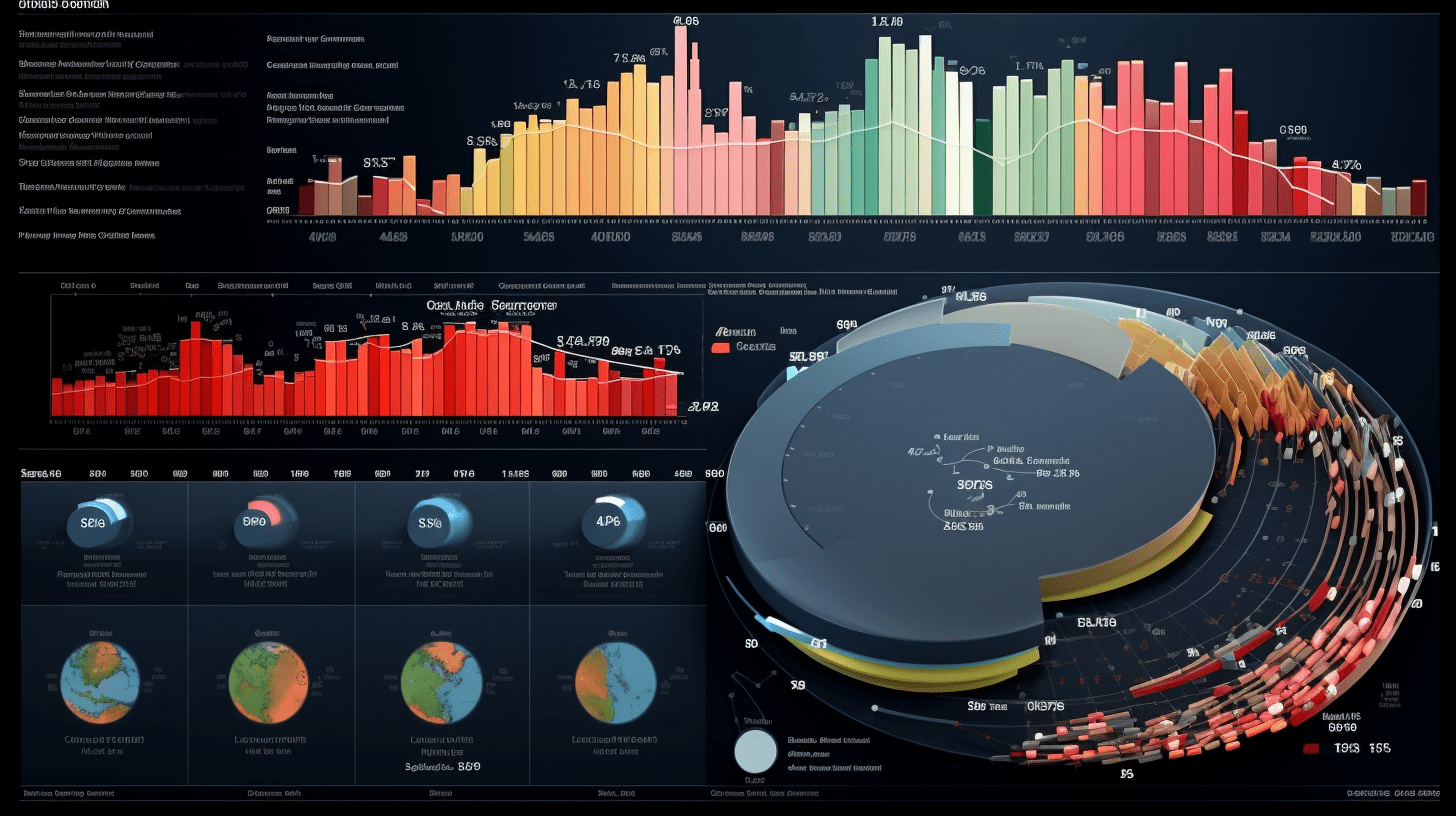In the fast-paced and data-driven world of ecommerce, making informed decisions is crucial for success. Data visualization emerges as a powerful tool that empowers ecommerce businesses to unlock valuable insights and drive growth. In this article, we will explore the significance of data visualization in ecommerce decision-making, highlighting its benefits and effective strategies to leverage its potential.
1. Enhancing Data Understanding:
Data visualization transforms complex data sets into visual representations that are easy to understand and interpret. Instead of grappling with spreadsheets and raw numbers, ecommerce professionals can gain a holistic view of their data through charts, graphs, and interactive dashboards. Visualizations enable stakeholders to quickly grasp trends, patterns, and correlations, facilitating better comprehension and analysis of the data.
2. Improving Analytics and Performance Tracking:
Data visualization plays a pivotal role in improving analytics and performance tracking in ecommerce. By visualizing key metrics, such as conversion rates, customer engagement, and revenue trends, businesses can identify strengths, weaknesses, and opportunities for improvement. Visualizations help identify bottlenecks, track progress, and set actionable goals, leading to more effective decision-making and optimized performance.
3. Spotting Opportunities and Trends:
Visualizing data allows ecommerce businesses to identify emerging opportunities and trends. By exploring visual representations of customer behavior, market trends, and product performance, businesses can uncover insights that may have otherwise gone unnoticed. Visualizations facilitate the discovery of correlations and patterns, enabling businesses to proactively respond to market shifts and capitalize on emerging trends.
4. Communicating Insights and Strategies:
Data visualizations are powerful communication tools that enable ecommerce professionals to convey complex insights and strategies effectively. Visual representations make it easier to present data-driven findings, share performance reports, and align teams around common objectives. By visually illustrating the story behind the data, ecommerce businesses can foster a data-driven culture and facilitate cross-functional collaboration.
5. Real-Time Monitoring and Decision-Making:
Data visualization tools often offer real-time monitoring capabilities, allowing ecommerce professionals to track key metrics and make timely decisions. Interactive dashboards and visualizations enable stakeholders to monitor real-time data, identify anomalies, and respond swiftly to changing market dynamics. Real-time data visualization empowers agile decision-making, enabling businesses to stay ahead of the competition and adapt quickly to evolving customer needs.
6. Leveraging Advanced Visualization Techniques:
Ecommerce businesses can leverage advanced visualization techniques to gain deeper insights from their data. Techniques such as heatmaps, network graphs, and geographic visualizations can uncover hidden patterns, customer preferences, and market segments. By employing advanced visualization methods, businesses can unlock valuable insights that drive targeted marketing campaigns, personalized customer experiences, and optimized product offerings.
In conclusion, data visualization empowers ecommerce businesses to make data-driven decisions and achieve success in a competitive landscape. By enhancing data understanding, improving analytics, spotting opportunities, communicating insights, enabling real-time monitoring, and leveraging advanced visualization techniques, businesses can harness the power of data visualization. Embrace data visualization as a strategic tool to unlock valuable insights, drive informed decision-making, and fuel the growth of your ecommerce business.
